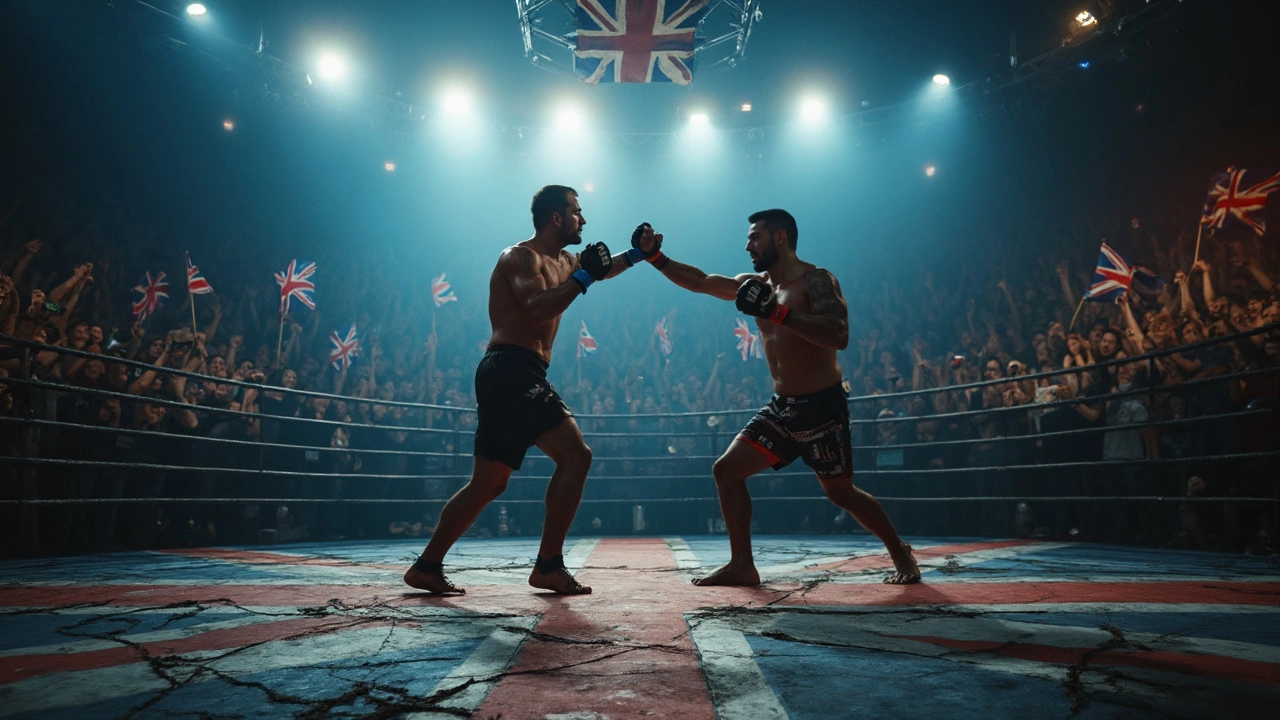UFC Diet Plans: Fueling Champions in the Octagon
If you’ve ever wondered why UFC fighters look ripped and still have endless stamina, the answer lies in what they eat. Their diet isn’t a random list of protein shakes; it’s a carefully timed system that balances calories, macros, and recovery. Below you’ll get the basics any fan or aspiring athlete can use.
Core Principles of a Fighter’s Diet
First up, most fighters count their calories but focus on quality. Lean proteins like chicken breast, turkey, and fish supply the amino acids needed for muscle repair. Complex carbs – sweet potatoes, brown rice, oatmeal – give steady energy for long training sessions. Healthy fats from avocados, nuts, and olive oil support hormone health, especially testosterone.
Second, timing matters. Fighters typically eat a larger meal 2‑3 hours before a sparring session, then follow up with a quick snack (a banana or whey shake) right before stepping into the cage. After training, a combo of protein and carbs within 30‑60 minutes helps replenish glycogen stores and jump‑starts recovery.
Third, hydration is non‑negotiable. Beyond water, many athletes add electrolytes or coconut water to keep sodium and potassium in balance. Dehydration can cause a drop in power and slower reflexes, which is the last thing you want when you’re trying to land a knockout.
Sample Day‑to‑Day Meal Plan
Here’s a simple daily plan that mirrors what a mid‑weight UFC star might follow. Breakfast: 4 egg whites, 2 whole eggs, a cup of oatmeal with berries, and a black coffee. Mid‑morning snack: Greek yogurt with a handful of almonds.
Lunch: 200 g grilled chicken breast, 150 g quinoa, steamed broccoli, and a drizzle of olive oil. Pre‑workout snack (30 min before training): a banana and a scoop of whey protein mixed with water.
Dinner after training: 250 g salmon, sweet potato mash, mixed green salad with vinaigrette, and a side of sliced avocado. Evening snack: cottage cheese with a spoonful of natural peanut butter.
Adjust portion sizes based on your weight class. Fighters cutting weight will drop carbs a few days before the weigh‑in, then reload with carbs after the scale to restore glycogen. The key is to avoid drastic calorie swings that can mess with hormone balance.
Now, a quick tip: keep a food journal or use an app to track macros. Seeing the numbers helps you stay on target and avoid the “I’m just guessing” trap that many beginners fall into. It also lets you tweak protein or carb ratios after you notice how your body reacts in the gym.
Finally, remember that supplements are just that – supplements. A solid base of whole foods will do most of the heavy lifting. Creatine, branched‑chain amino acids, and a multivitamin can fill gaps, but they won’t replace a balanced plate.
With these basics, you can start building a diet that supports strength, speed, and endurance – the three pillars every UFC athlete needs. Experiment, stay consistent, and watch your performance improve one meal at a time.
- Kaius Farrell
- 0 Comments
Latest News in MMA and UFC: Fights, Knockouts, and Secrets Behind the Scene
Get the freshest scoop on the latest news in MMA and UFC—straight talk on upcoming fights, unforgettable knockouts, and the real-life routines of fighters. Discover what sets MMA and UFC rules apart, tips for beginners, and wild moments that fans are still talking about. Check out who’s making waves (for better or worse), which legends shaped the sport, and advice from the people inside the cage. I’ll also let you in on how fighters eat, train, and handle scandals. If you’re even a little curious about MMA or UFC, here’s where you’ll find honest, helpful details.
View More